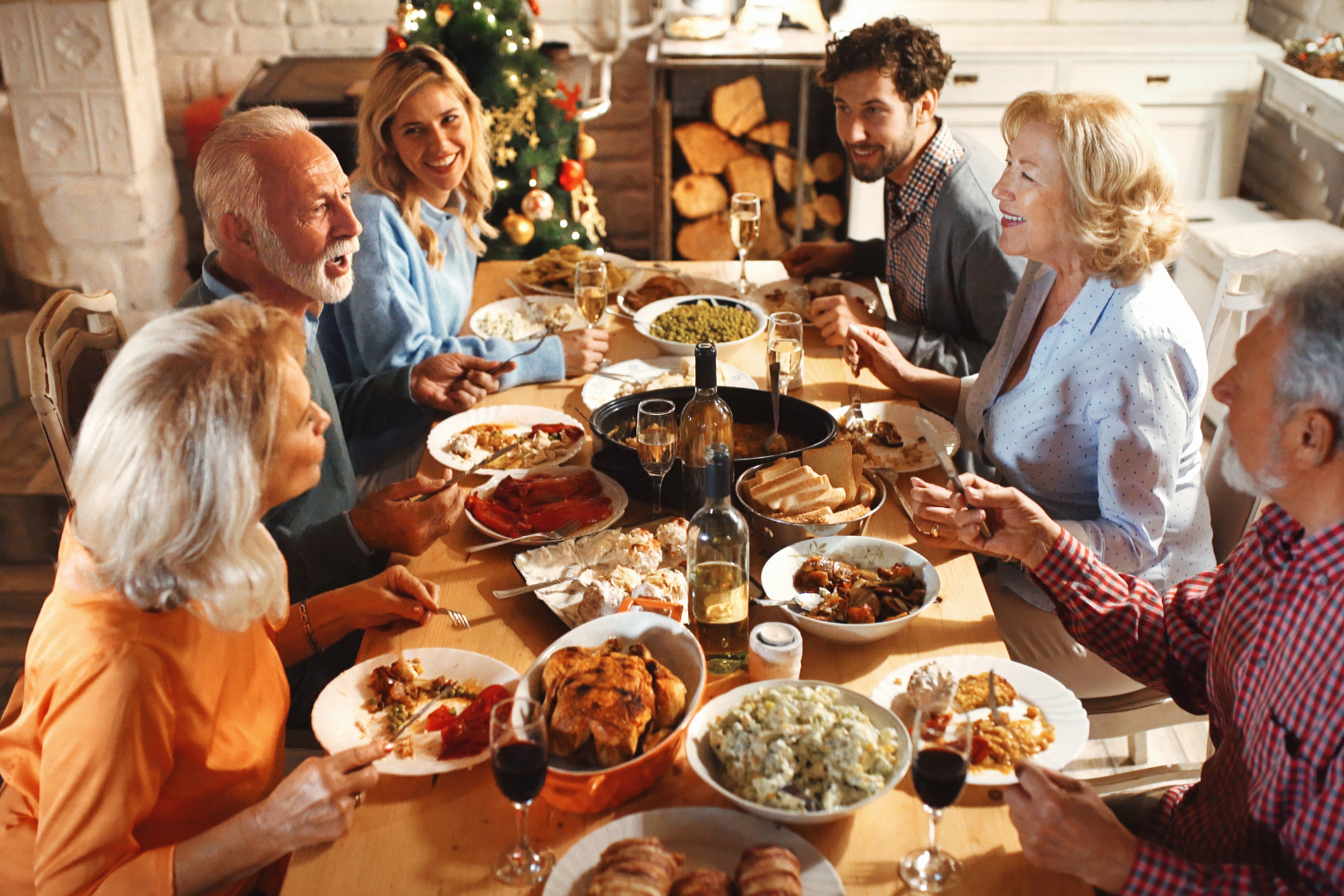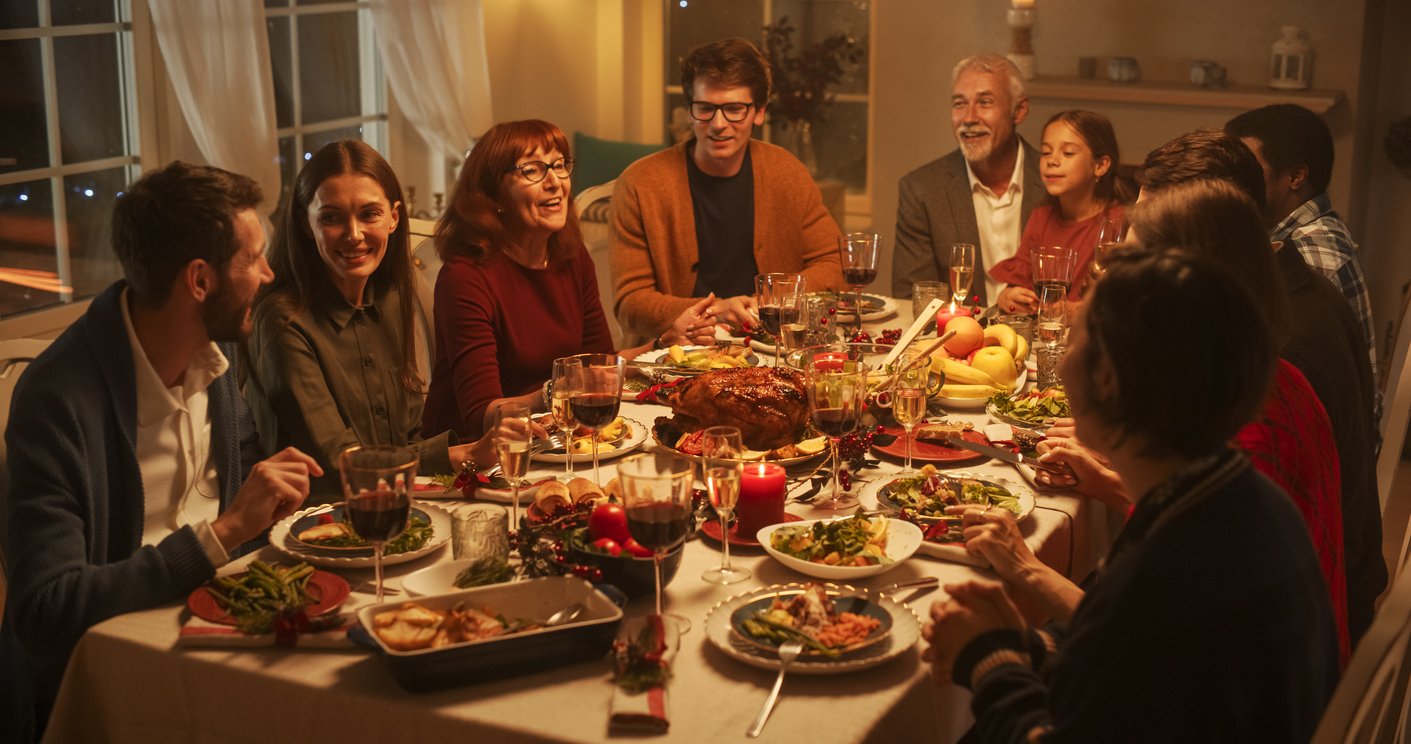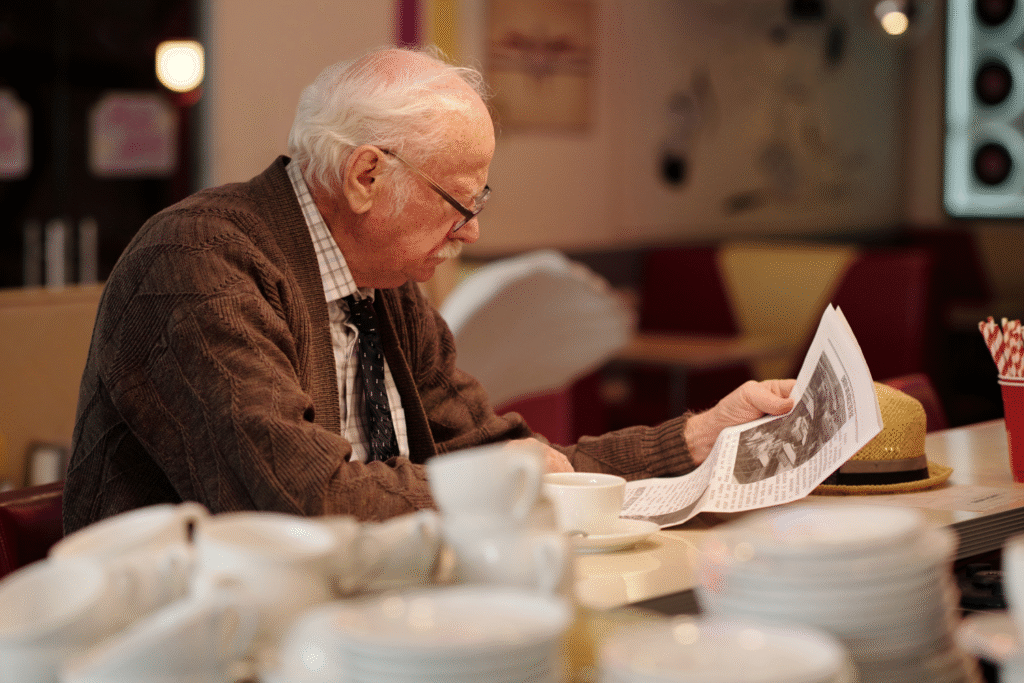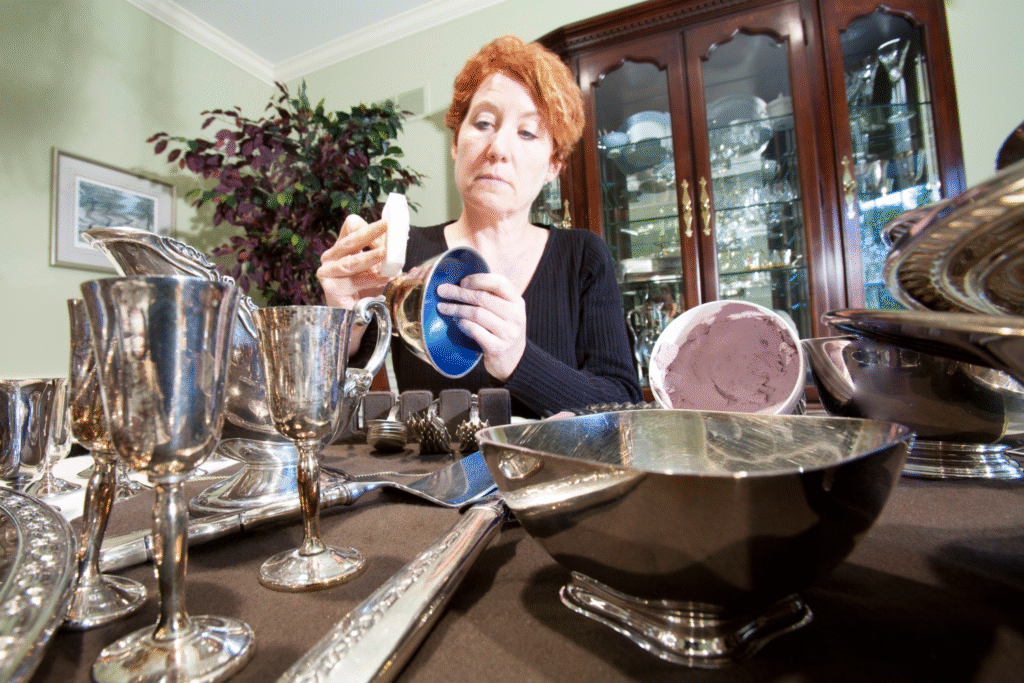Understanding how baby boomer traditions differ from those of younger generations today.

Baby Boomers grew up immersed in traditions shaped by the cultural and technological landscape of their time, many of which seem unfamiliar to younger generations. These customs reflect values around family, communication, and community that were once commonplace but now challenge modern habits. By exploring these differences, we can better appreciate the context behind Boomer traditions and foster greater respect and connection across generations.
1. Celebrating handwritten letters as a heartfelt way to stay connected.

Handwritten letters once served as an intimate bridge across distances, offering personal touch in communication. Each letter carried not only words but also the distinct scent of ink and paper. This tangible art form reflected the care and thought given to relationships.
Younger generations may find this approach unfamiliar in the era of instant messaging. The beauty of handwritten letters lies in their lasting impact; each envelope opened was a moment of connection cherished over time. Embracing such traditions may reveal the depth of communication once common among Boomers.
2. Hosting large family dinners to mark important holidays and milestones.

Gathering around large dinner tables was a cornerstone of family life, particularly during holidays. These meals celebrated togetherness and marked milestones with a warmth rarely found in smaller settings. The clinking of dishes and laughter filled the room, creating lasting memories.
Today, busy lives and smaller families mean such gatherings are less frequent. Yet, the sense of belonging created by these dinners holds timeless value. Understanding this tradition highlights the joy of shared meals—a practice that prevailed in Baby Boomers’ homes, strengthening familial bonds.
3. Using landline telephones as the primary mode of daily communication.

Before mobile phones took over, landlines were central to daily communication. The corded phone sitting prominently in the family living room offered reliability and a shared communal space for conversations. Families scheduled calls to avoid overlaps, respecting each other’s time.
Younger individuals, accustomed to pocket-sized connectivity, might overlook the patience and planning once required to place a call. This practice, although considered cumbersome today, cultivated patience and intentionality in conversations, traits valued by previous generations for maintaining meaningful connections.
4. Passing down handwritten recipes from one generation to the next.

Handwritten recipes, often stained and worn, acted as culinary heirlooms passed through generations. Each recipe card captured the essence of family cooking traditions, holding secrets and fond memories between lines of ingredients. Preparing these dishes connected family members to their heritage.
As digital recipe collections grow, younger cooks might miss the tactile interaction these cards offered. The personal annotations and notes provided a glimpse into past cooking experiences, teaching younger generations about the patience and love embedded in each hand-scrawled measurement.
5. Maintaining photo albums with printed pictures instead of digital ones.

Photo albums once served as cherished family archives, composed of printed snapshots preserved behind protective plastic. Each page turn revealed summer picnics, holiday celebrations, and candid moments, collectively documenting a family’s journey through life.
Digital archives bring convenience, yet physical albums evoke nostalgia and a tangible sense of history. Understanding this practice illuminates the value Baby Boomers placed on capturing life’s chapters, presented not through screens but through pages of personalized storybooks.
6. Observing weekday rituals like evening news or radio programs together.

In times past, families gathered around televisions or radios every evening, sharing moments of news and entertainment. This ritual reinforced a sense of ritual and routine, fostering shared experiences through synchronized program schedules.
Today’s on-demand culture diminishes the anticipation of scheduled viewing or listening shared by Boomers. Family bonds strengthened by these moments brought generations together, uniting everyone in a singular, shared atmosphere, an experience sometimes absent in today’s media consumption.
7. Adhering to formal etiquette during social gatherings and dinners.

Social gatherings once demanded a formal adherence to etiquette, a practice embodied in how dinners and visits were conducted. Polished manners showcased respect and consideration, ensuring everyone felt valued and comfortable in each other’s company.
Lax attitudes toward formalities today might obscure the importance Baby Boomers placed on etiquette. Observing these customs not only conveyed respect but also maintained a sense of decorum, grounding social interactions in mutual understanding and dignity.
8. Keeping newspaper subscriptions as a main source of daily information.

Newspapers, once the daily digest of world affairs, played a pivotal role in keeping individuals informed. The air of a shared newspaper over breakfast became a staple of routine, eagerly flipping pages for stories of interest.
Online news now dominates, but Baby Boomers experienced news physically, enhancing comprehension with tactile interaction. This tradition emphasized patience and reflection, allowing information to permeate at a rhythm considered deeply engaging and grounding.
9. Sending greeting cards for birthdays and special occasions consistently

Greeting cards offered sentimental tokens for birthdays and milestones. Beautifully designed and with heartfelt messages, each card was an expression of thoughtfulness, arriving in mailboxes as a surprise gesture of affection.
Digitized well-wishes miss the tactile and emotional connection of holding a handwritten card. Understanding its significance highlights how Baby Boomers conveyed feelings—carefully selected designs and words resonated personally, creating tangible connections.
10. Taking annual family road trips as a way to bond and explore.

Family road trips encompassed adventure and connection, with maps unfolded across car hoods and suitcases packed tautly. The open road invited curiosity and bonding, exposing children to landscapes and experiences outside their daily scope.
Modern convenience travel overshadows this tradition’s bonding aspect, unique to Baby Boomers’ childhoods. The camaraderie from shared roadside diners and scenic views established ties that often last a lifetime, a legacy of seeing the world together.
11. Polishing and displaying heirlooms as treasured pieces of family history.

Heirlooms not only adorned homes but also narrated family stories, serving as tangible threads linking generations. A polished clock or a delicate china set was a conversation starter, each piece rich with the past.
While minimalism trends shift possessions to essentials, Boomers treasured such relics as keepers of family history. Understanding this significance inspires an appreciation for the stories objects silently tell, securing familial identity across generations.
12. Engaging in neighborhood socializing without the use of social media.

Neighborhood socializing was once spontaneous and rich in face-to-face connections. Before the advent of digital communication, porches and sidewalks became networking zones for exchanging news and pleasantries.
Digital means alter how we connect, contrasting Boomers’ local, in-person exchanges. This kind of neighborly interaction grounded community bonds, fostering a sense of belonging—a fundamental aspect of Baby Boomers’ social landscape.
